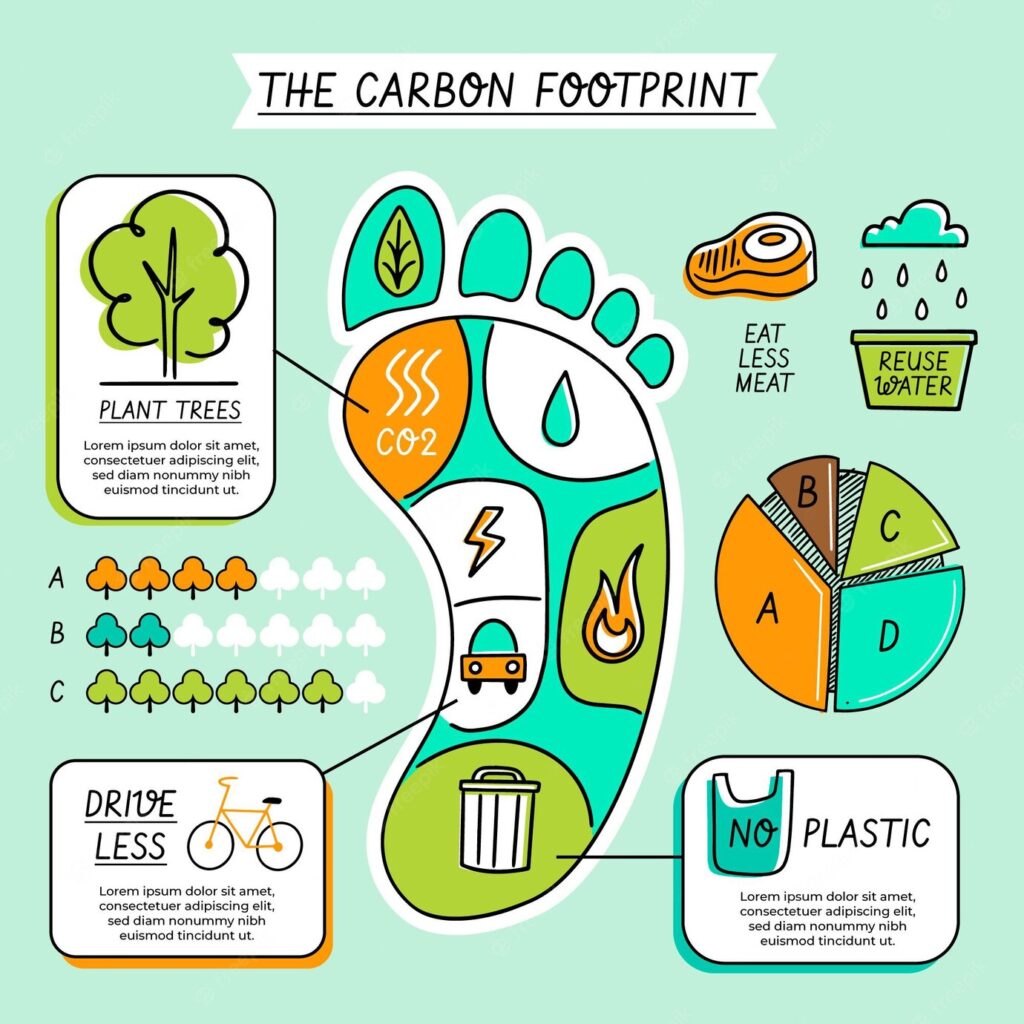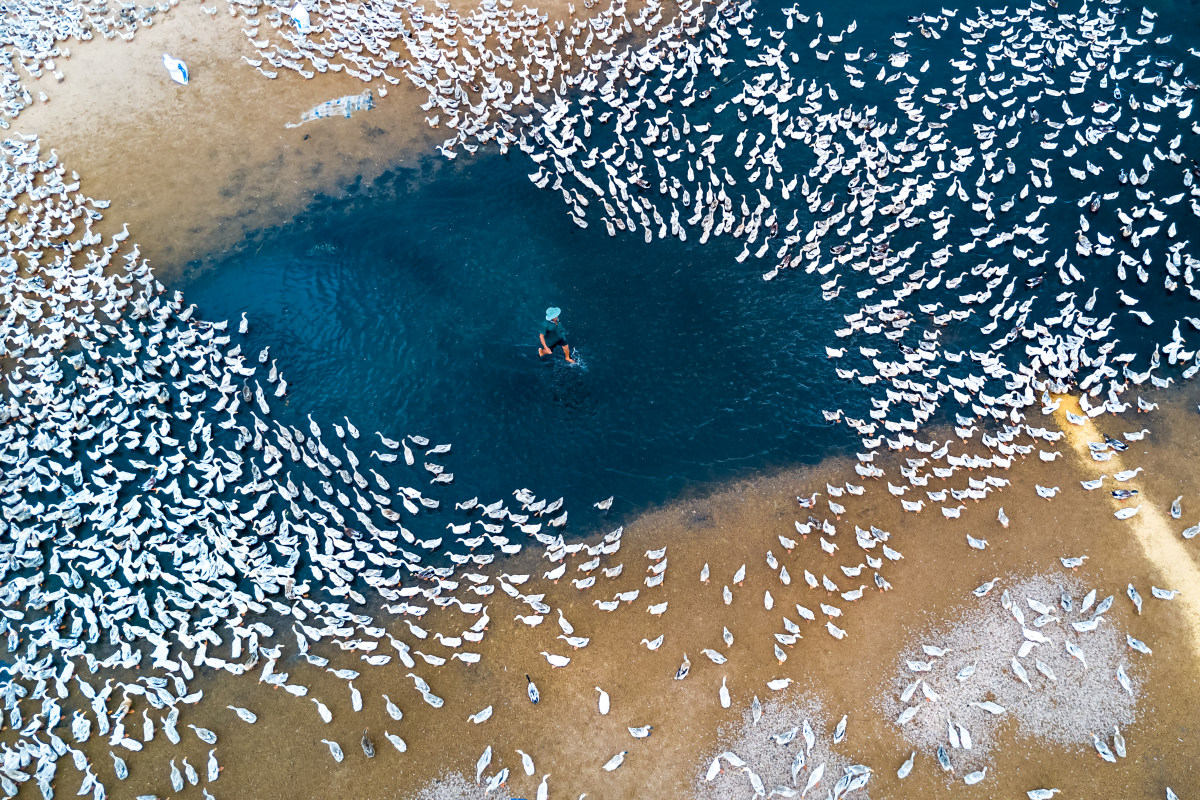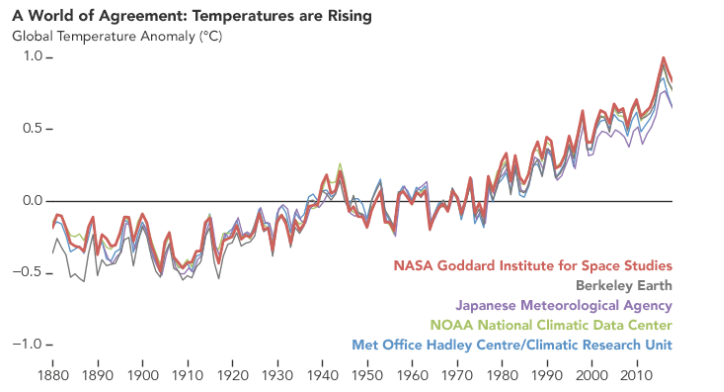While the evidence is overwhelmingly clear on the dramatic reduction pathway required to keep global warming below 2°C, a growing number of companies are embracing effective corporate climate action and many companies attempt to prevent or minimize their emissions.
Climate compensation is one method for reducing environmental effects. However, doubts have recently been raised concerning how effectively the strategy really works.
This article seeks to describe climate compensation and its consequences in an accessible and easily digestible manner. As a result, you may begin forming your own opinion regarding climate compensation.
What is carbon offsetting?
Carbon offsetting is the practice of companies investing in initiatives that enhance the environment in order to offset emissions from other endeavors. These activities may involve airplane travel, consumption of meat, transportation, electricity usage, among other things.
Individuals frequently mistake carbon offsetting, assuming that it signifies that these companies’ emissions have been lowered, although this is not the case. Carbon offsetting is simply investing in initiatives that may be able to compensate for their damage, such as developing renewable energy, planting trees, assisting in the protection of fauna and flora, and so on.

Compensate your work with stunning visuals
Use Mind the Graph to create beautiful designs using only a few clicks. We have the largest gallery of scientifically accurate illustrations in the world. Start your creation right now for free.
How does climate compensation work?
Climate compensation is based on the premise that businesses, organizations, and private people make a voluntary economic contribution to initiatives that capture greenhouse gasses at a level equal to the emissions they create or any other positive environmental initiative.
Climate compensation aims to enable initiatives that would not be financially possible but may have a significant impact on the climate issue. The initiatives are frequently positioned in countries with less established energy infrastructures in order to maximize the climatic benefit.
How to calculate the carbon footprint?

The entire quantity of greenhouse gasses created to, directly and indirectly, support human operations, generally represented in equivalent tons of carbon dioxide, is referred to as a carbon footprint (CO2).
The most accurate method is to compute carbon dioxide emissions based on fuel use. For example:
- 10.4 kg of carbon dioxide (CO2) is released for every gallon of petrol fuel consumed in the UK.
- 8.7 kg of carbon dioxide (CO2) is released for every gallon of gasoline consumed in the US.
- 2.7 kg of carbon dioxide (CO2) is released for a liter of diesel.
Analyzing diesel’s emissions, we can conclude:
- If your vehicle consumes 7.5 liters of diesel every 100 kilometers, a 300-kilometer drive consumes 3 x 7.5 = 22.5 liters of diesel, adding 22.5 x 2.7 kg = 60.75 kg CO2 to your own carbon footprint.
There are multiple online calculators for calculating your personal carbon footprint, such as The Nature Conservancy calculator.
Gold Standards
The Gold Standards establishes the benchmark for climate and development actions in order to measure, certify, and maximize their impact. For an offset initiative to be valid, it should always:
- Show financial need.
- Lay a strong foundation.
- Compile a list of the changes accomplished during the initiative.
- Be neither reversible nor leakable.
- Verified independently.
- Be unique.
Running out of ideas for an infographic?
When your mind has so much data to use and explain, it might be tough to make a scientific research or article aesthetically appealing to your audience. And making infographics for your work is absolutely a step you don’t want to skip since the majority of your audience would rather see an easy-to-understand content than read it.
No longer struggle with creating infographics; instead, use the Mind The Graph tool to pick the templates that best suit your work.

Subscribe to our newsletter
Exclusive high quality content about effective visual
communication in science.




